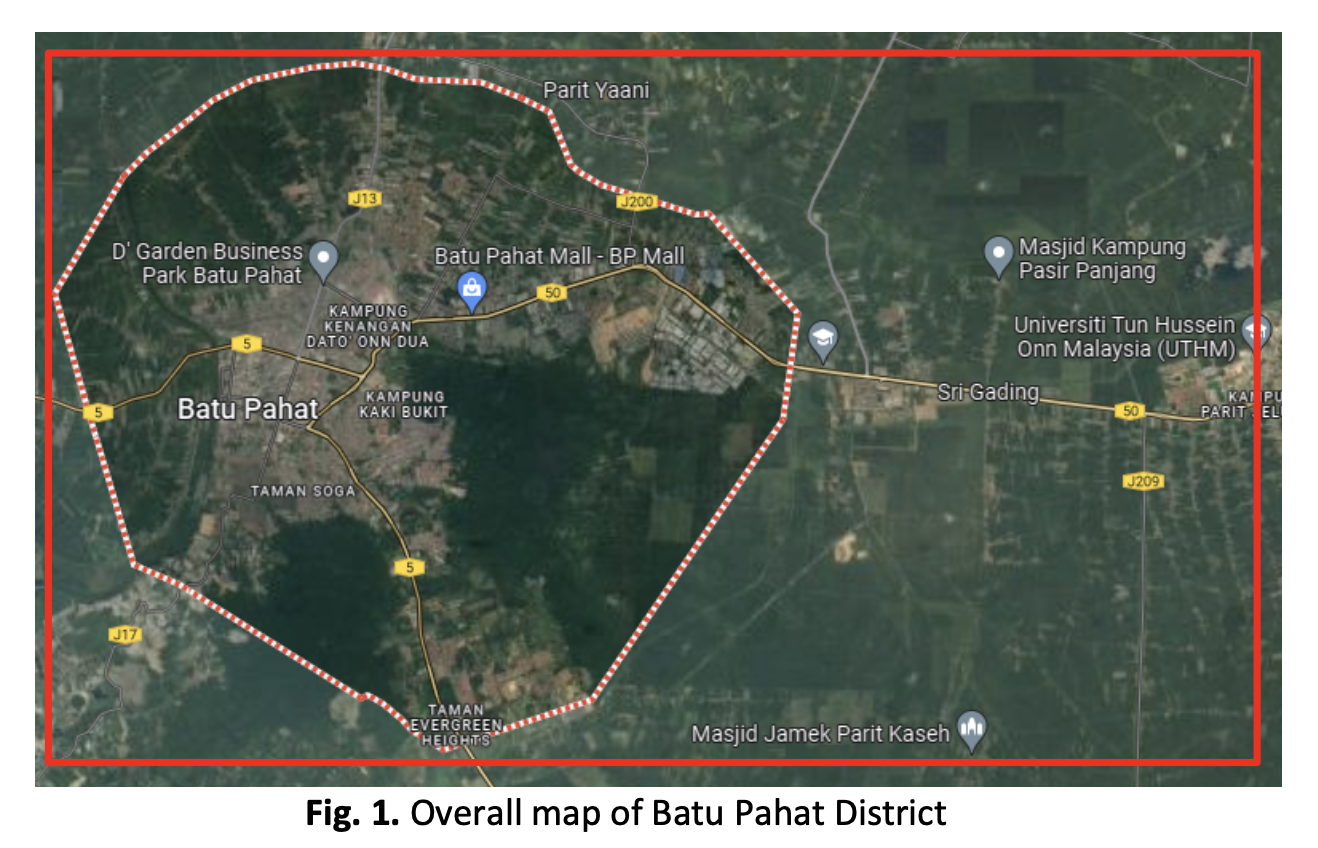A Study of Building Structure Resilience to Seismic in the Batu Pahat Area using Rapid Visual Screening Method
DOI:
https://doi.org/10.37934/araset.36.2.147163Keywords:
Rapid Visual Screening, Seismic Response, Mathematica SoftwareAbstract
This study is aimed at evaluating the durability of buildings in Batu Pahat area against seismic activity. To carry out this assessment, data about the building structure is collected, including architect plans, site investigations, and photos. This data is then processed and analysed using manual methods. To determine the Peak Ground Acceleration (PGA) value, the coordinates of Batu Pahat area are needed. This value can be calculated using Mathematica software, which gives a PGA value of 0.0553 g for Batu Pahat area. Based on this value, the Low Map Area form is used for the evaluation, using the ATC-21 form. The evaluation results indicate that 70% of the buildings in the area are in good condition, 25% are in a satisfactory condition, and only 5% are in a weak condition. However, it is important to note that even though only a small percentage of buildings are classified as weak, it does not mean that seismic hazards can be ignored. The study also suggests that the durability of building structures depends on various factors, such as the columns' strength, the building's bottom situation (e.g., empty space or unit), the building's shape (e.g., plan or upright), and the surrounding area's situation. Overall, this study offers valuable insights into the durability of buildings in the Batu Pahat area against seismic activity. It provides crucial information for stakeholders to make informed decisions regarding building safety in the region. The study's findings will guide decision-making processes, helping determine necessary precautions, retrofitting measures, or potential relocation of high-risk buildings. By enhancing the resilience of buildings, this evaluation contributes to the safety and well-being of occupants in the face of seismic hazards. Ultimately, the study's comprehensive assessment and subsequent insights lay the groundwork for informed decision-making and proactive measures to mitigate seismic risks, benefiting the overall resilience of buildings in the Batu Pahat District.
Downloads





























